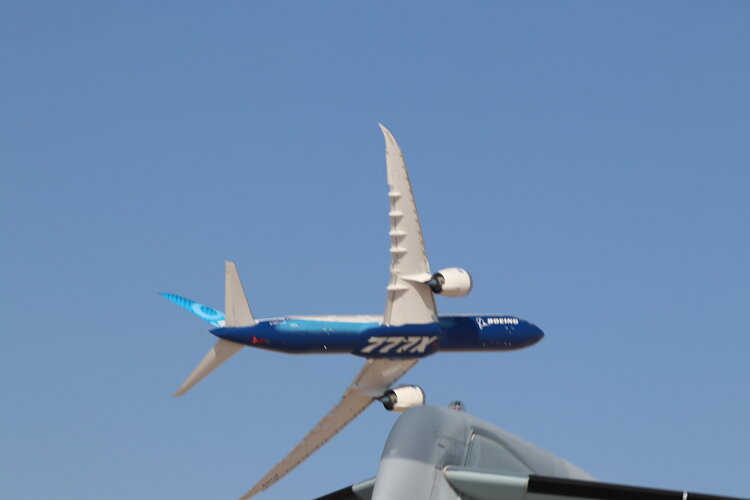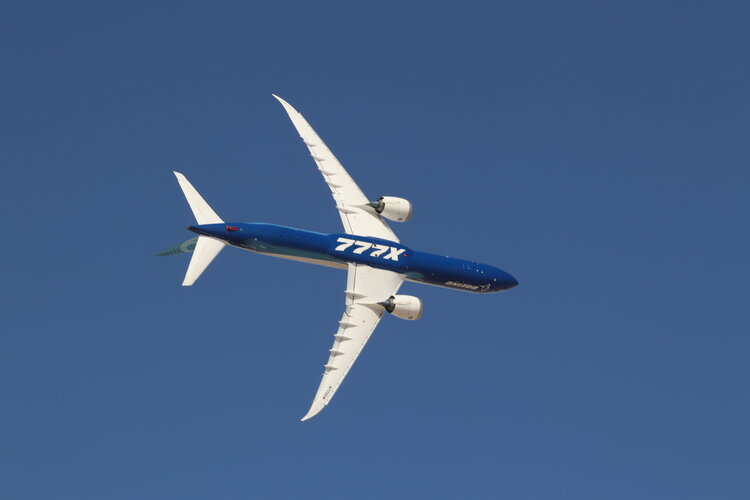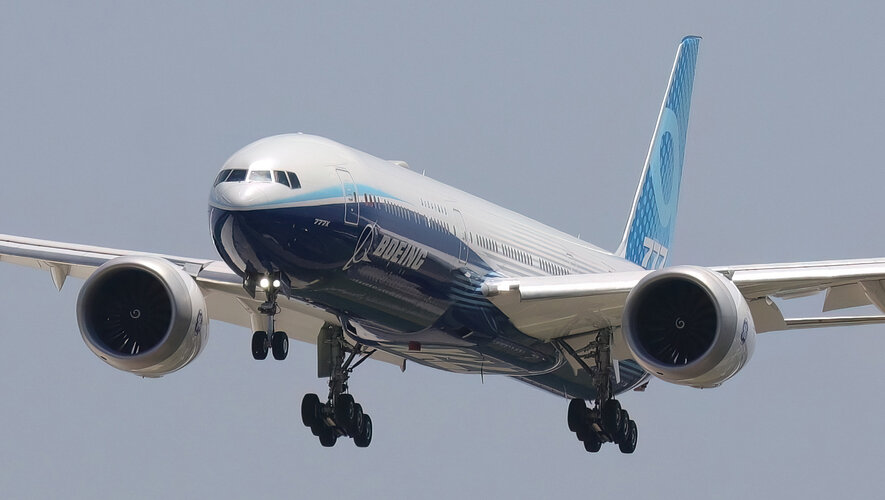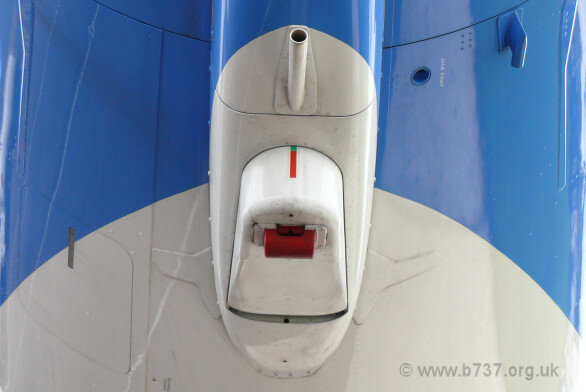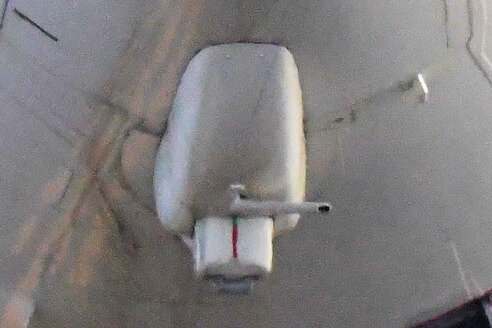- Joined
- 6 November 2010
- Messages
- 5,245
- Reaction score
- 5,468
Boeing having second thought about automated assembly.

 www.seattletimes.com
www.seattletimes.com

Boeing abandons its failed fuselage robots on the 777X, handing the job back to machinists
Boeing said Wednesday it is adopting a different approach that “has proven more reliable, requiring less work by hand and less rework, than what the robots were capable of.”
More at the link.After enduring a manufacturing mess that spanned six years and cost millions of dollars as it implemented a large-scale robotic system for automated assembly of the 777 fuselage, Boeing has abandoned the robots and will go back to relying more on its human machinists.
Boeing said Wednesday it is reverting to an older approach that “has proven more reliable, requiring less work by hand and less rework, than what the robots were capable of.”






